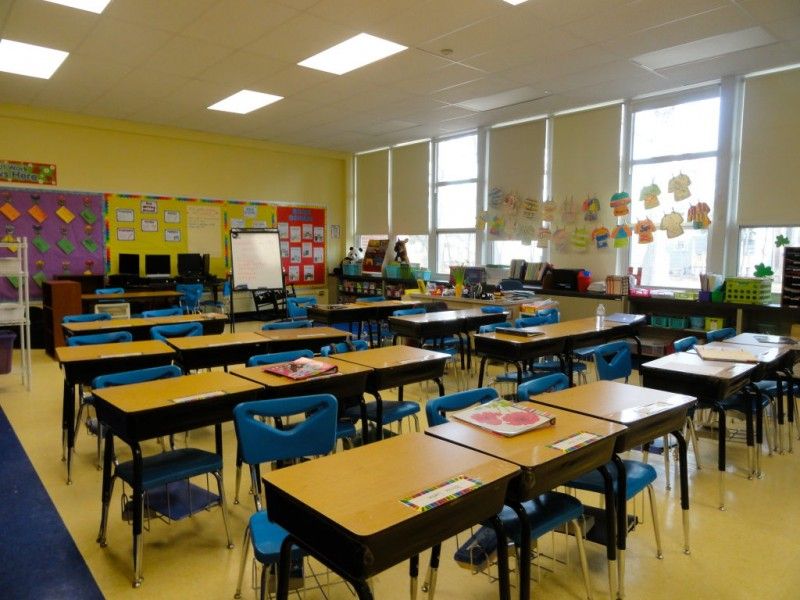Study: More funding, local autonomy improved graduation rates
by Avery Bissett | February 26, 2018 1:19 pm
 California’s adoption of the Local Control Funding Formula in 2013 has been a win for the Golden State’s education system, according to a new UC Berkeley/Learning Policy Institute study[1].
California’s adoption of the Local Control Funding Formula in 2013 has been a win for the Golden State’s education system, according to a new UC Berkeley/Learning Policy Institute study[1].
Passed in 2013, LCFF provided school districts with more discretion in how to spend state funding and tied certain grant revenue streams to a district’s concentration of English language learners and low-income students. The changes also provided a boost to state education spending to the tune of $18 billion by the next fiscal year, according to the study.
“A $1,000 increase in district per-pupil revenue from the state” in grades 10-12 led to a 5.3 percent increase in overall high school graduation rates, according to the study. For poor children and African-American children, the improvement in graduation rates was even more significant: 6.1 percent and 5.3 percent, respectively.
“These changes closely track with the staggered timing of LCFF implantation,” according to the study.
LCFF’s effect was also borne out by standardized testing scores, with “average gains in mathematics and, to a smaller extent, in reading for all children.” And again, these improvements were more significant among “children from low-income families.”
And students were not the only beneficiaries of LCFF. Increases in district funding from LCFF resulted in lower student-to-teacher ratios and “significant increases in per-pupil expenditures, average teacher salaries and instructional expenditures.” For example, the study found that a 10 percent increase in “district per-pupil revenue” led to a 2.7 percent increase in average teacher salary, which “may enable the school and district to attract and retain a higher quality teaching workforce.”
Additionally, the study has good news for those worried that LCFF would result in administrative bloat. “We did not see evidence that the increase in district revenue disproportionately increased administration salaries,” wrote the authors. They concluded that “overall levels of spending have increased roughly proportional to their pre-LCFF proportions.”
Nevertheless, some critics of LCFF aren’t sold. Bill Lucia, president and CEO of EdVoice, labeled the study “fake news,” arguing[2] in the Mercury News that the study’s standardized testing data essentially amounted to an invalid apples-and-oranges comparison. He also noted that “the vast majority of poor students are ‘below proficient’ with little or no change over the past several years.”
- UC Berkeley/Learning Policy Institute study: https://learningpolicyinstitute.org/product/ca-school-finance-reform-brief
- arguing: https://www.mercurynews.com/2018/02/22/walters-is-governors-school-finance-reform-paying-off/
Source URL: https://calwatchdog.com/2018/02/26/study-funding-local-autonomy-improved-graduation-rates/